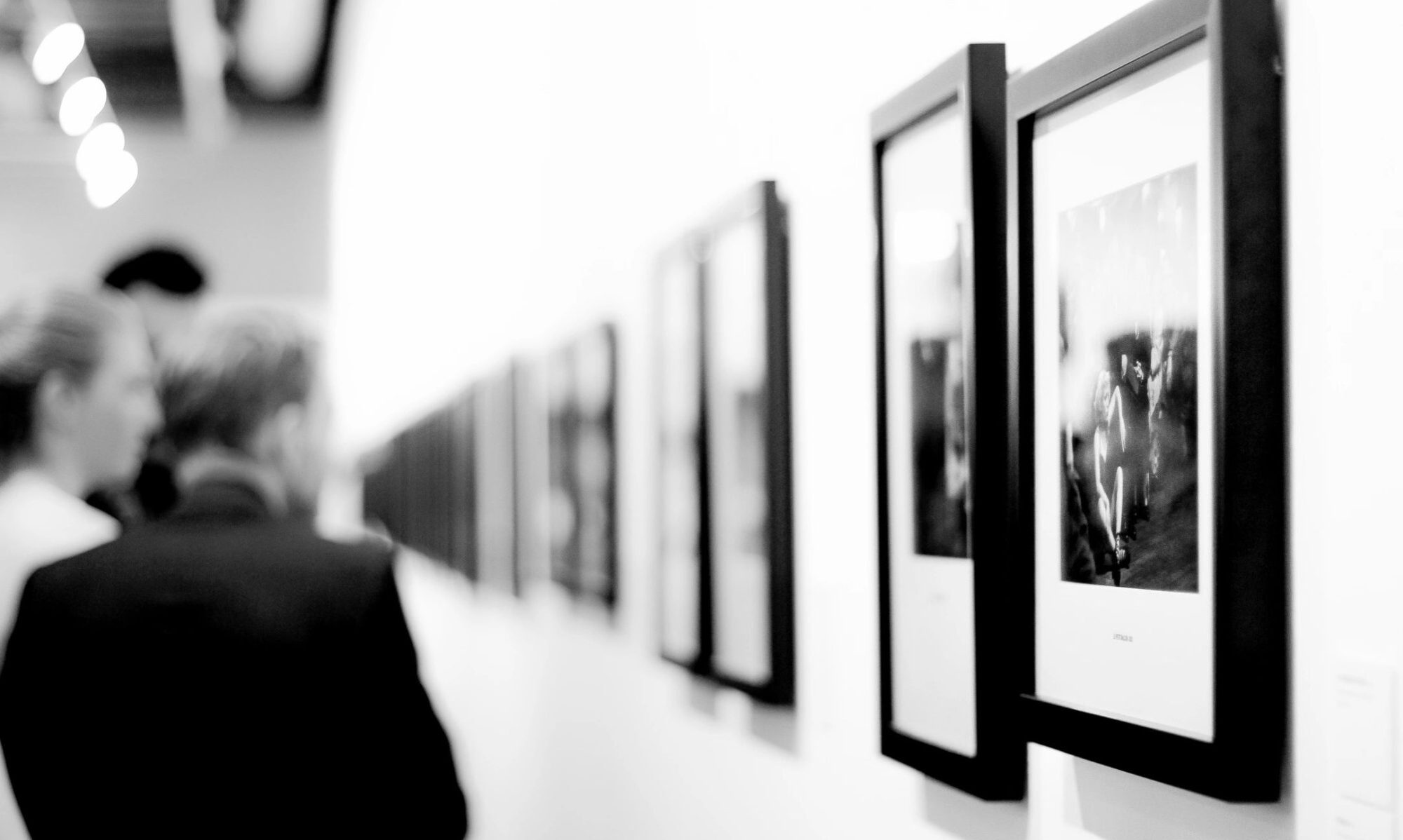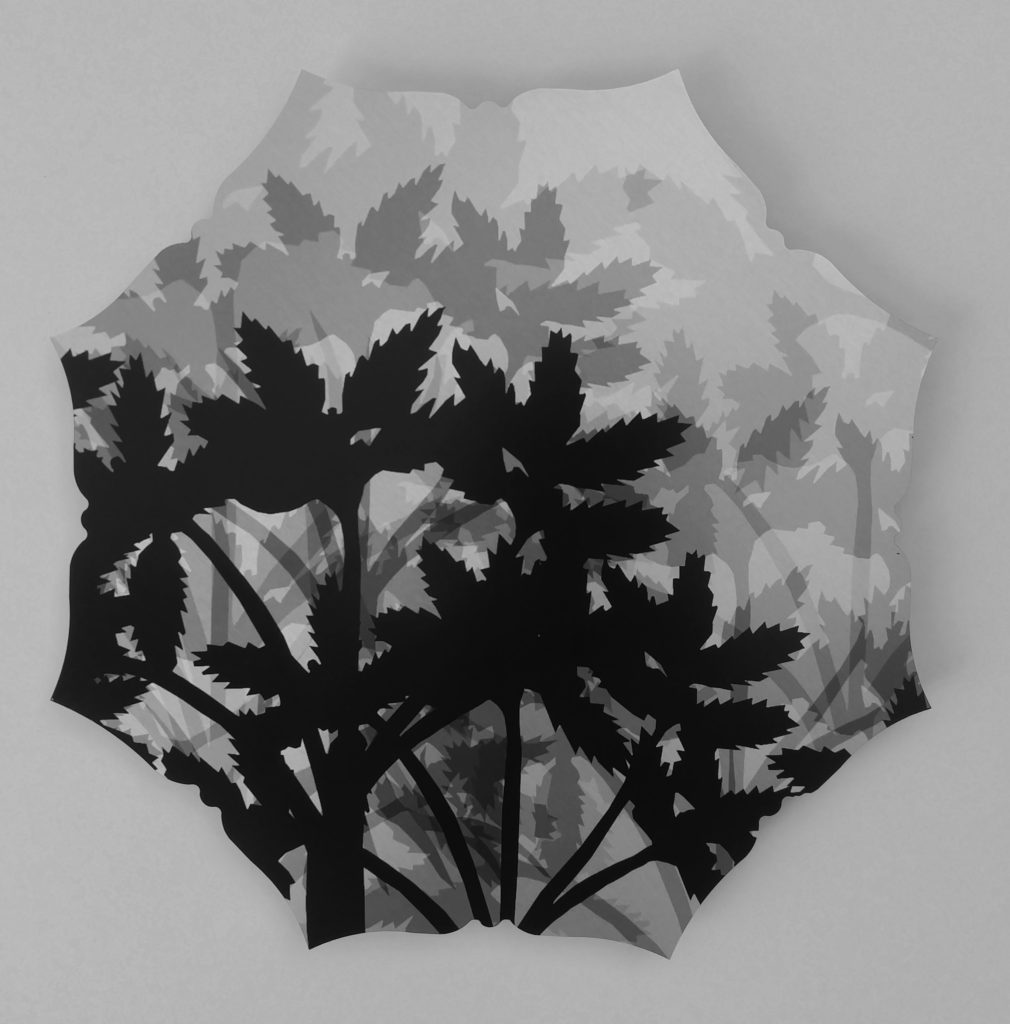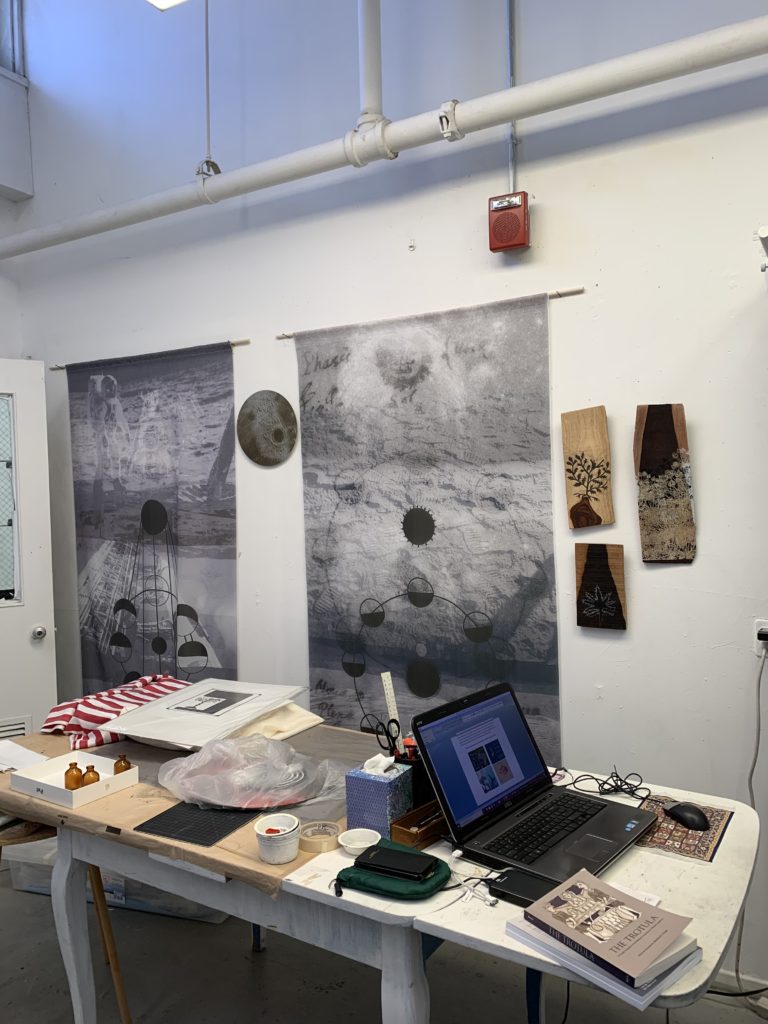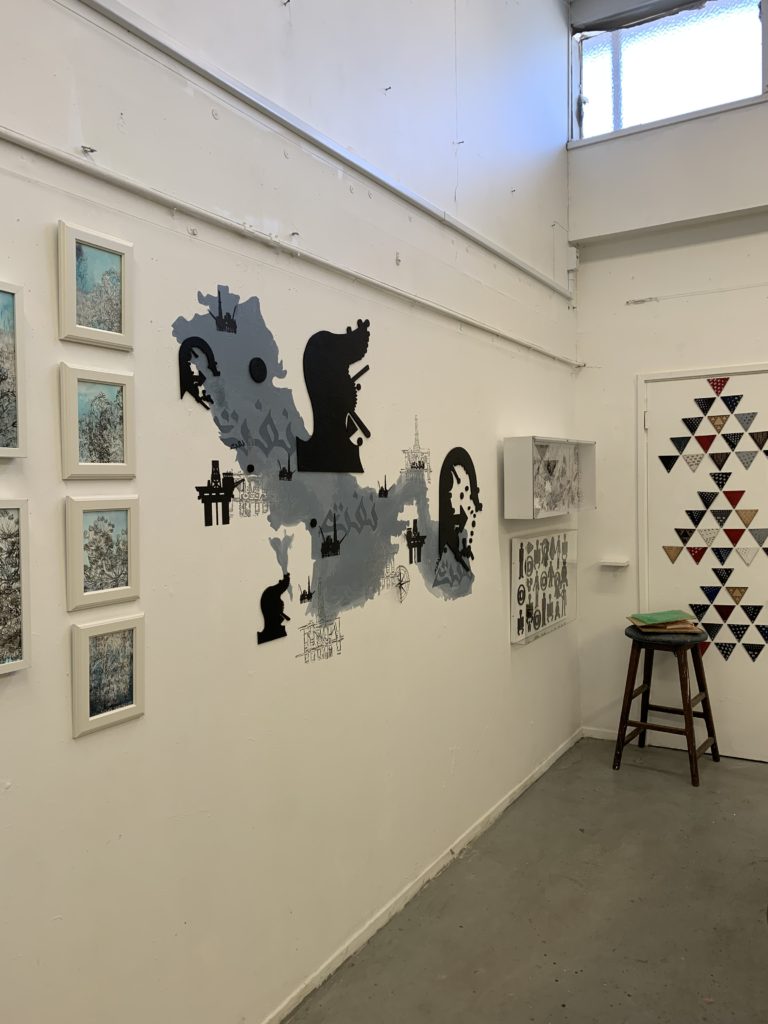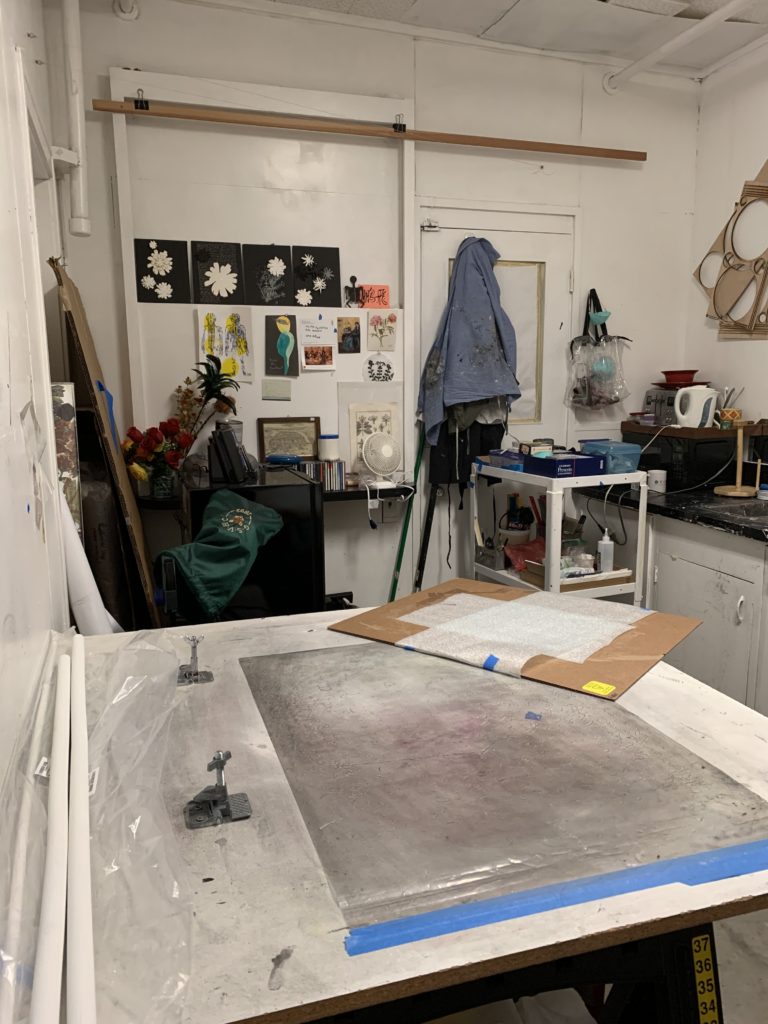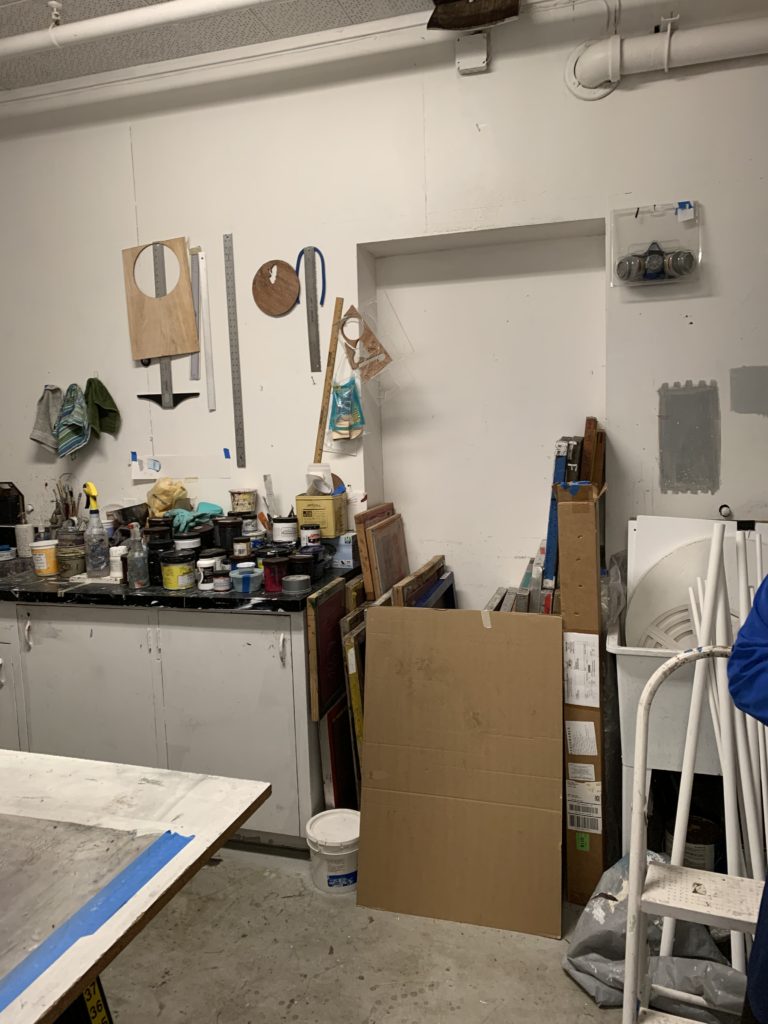31 Women – March 14th: Pantea Karimi
Healing Gardens, 2019
(left to right: Buttercup, Cinquefoil, Asparagus)
Digital illustration and print on aluminum
An Interview with Pantea Karimi
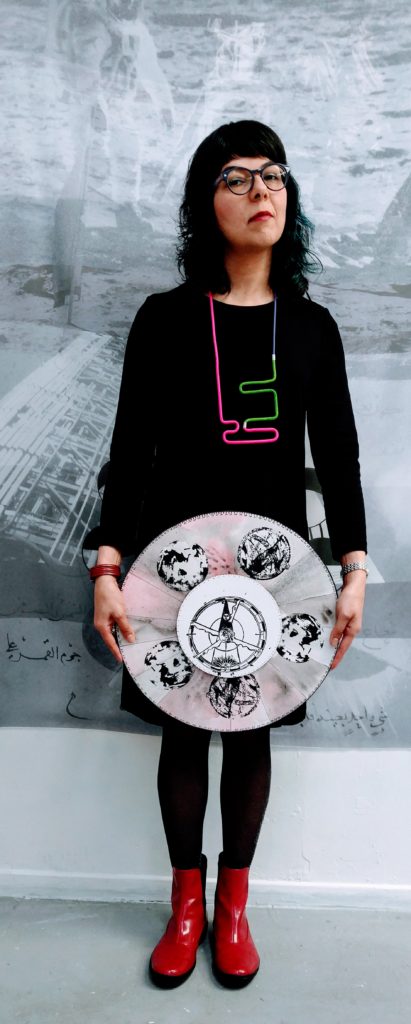
MKM: Tell me about your childhood, where did you grow up? Were you always creative?
PK: I grew up in Iran (Shiraz and Tehran) during turbulent times of revolution, war and family tragedy. My father is a civil-engineer and architect and my mother is a retired history and literature teacher. Despite all the hardships, I managed to take regular classes in painting and classical music, which led to my decision to pursue art professionally. My parents supported my decision to go to art university and my father built me an art studio, in Tehran, where I taught drawing and painting to both youths and adults.
MKM: Where did you study? How has your practice changed over time?
PK: I got my bachelor’s and master’s degrees in Graphic Design from two prominent art schools in Tehran and worked as a graphic designer for design firms and as a freelancer. While I was studying graphic design, I continued taking professional painting and drawing classes and exhibited my works in Tehran’s galleries.
In 2001, I moved to England, where I studied printmaking, worked as a studio assistant for a British landscape artist and exhibited my arts in Hastings and London in different venues. My residency in England provided creative time and allowed me to explore new media and printmaking techniques. This experience created a foundation for my art practice, which I continued in 2005 at the San José State University, where later, I also obtained (2009) a second master’s degree in painting and printmaking.
My first artistic inspiration as a 5-year old was my mother’s German fashion magazines and other intriguing publications around the house. I was fascinated with their layouts and the use of photos, and colors. I used to draw on those magazine pages, thinking that I was making good changes to the layouts. As an artist, I am naturally driven by my deep feelings and childhood experiences that have shaped my perceptions of the world. This fascination with print publications and their layout and design continued to my adulthood. I gradually developed a strong interest in their history as well. To complete my master’s degree in Graphic Design at the Art University in Tehran, I researched the beginning of print industry in 19th century Iran. I gathered reproductions of those newspapers (originally were printed in lithography) and studied their illustrations, layout, and design. I became fascinated by the ways in which text and image complemented one another in novel ways and communicated meaning. In 2014, I began a new research project which revisited my earlier investigations in the history of Iranian print media. Since then, my work has been an exploration into the pages of medieval Persian, Arab and early modern European scientific manuscripts. The scientific books from these periods offer nuanced understandings of the relationship between form and text, and above all, between scientific concepts and their myriad manifestations in visual forms.
MKM: Do you have any memorable teachers from your years as a student?
PK: Three female teachers have been very influential in my practice: In Iran, drawing and painting: Minoo Asa’adi; in England, printmaking and use of creative process: Joanna Kerr-Smith; and in the United States at SJSU, printmaking and the importance of content in art: Erin Goodwin-Guerrero.
MKM: When you’re creating what’s your daily routine? Rituals, patterns?
PK: I get to the studio at around 10:30 AM and leave at 7:30 PM, 4 days a week. Each day could be different in terms of how I start my routine; sometimes I start by checking emails and working on digital files, other times, I start with printing and painting. Every week, I create a list of projects I need to do. I go through the list and cross things out when they are done. That has created a working routine and has helped me to be organized.
MKM: What themes do you pursue in your work?
PK: My work as a multidisciplinary artist explores the intersection of art with history and science, and examines how the broader aesthetic considerations of science are closely related to art. I am captivated by the correlation between abstract ideas and their visual representations. I research illustrations and texts of medieval Persian, Arab and early modern European scientific manuscripts in five areas: mathematics, medicinal botany, anatomy, astronomy and cartography.
For me, these manuscripts provide a unique platform for investigating the influence of past scientific concepts and their manifestations on our contemporary perception of the world. They represent world cultures, their values and the progression of scientific ideas throughout history.
Utilizing conceptual and visual interpretations from my research, I create individual bodies of artwork using interactive installations, VR, silkscreen, digital illustrations, and prints. Collectively, my art highlights the pivotal role of epistemic images in presenting and communicating knowledge and generating new vision. It also represents my culture, identity, life-experience, and journey of self-discovery through science and history.
MKM: Do you focus on a specific medium or combination of mediums?
PK: I usually work with prints: digital (illustration) and manual (silkscreen and monotype). I enjoy working with interactive installation and various substrates such as paper, fabric, wood and metal. Some of my works also use mixed-media techniques, such as silkscreen combined with ink or watercolor.
MKM: Which creative medium would you love to pursue but haven’t yet?
PK: Animation
MKM: What is your most important tool? Is there something you can’t live without in your studio?
PK: My computer (digital graphics applications) and silkscreen equipment
MKM: Is there an artwork you are most proud of?
PK: My medieval and early modern scientific manuscript series. To me, the topic is unique and provides many opportunities for the creative process and artistic endeavor. It also presents some challenges, such as interpreting a scientific idea in visual form or gathering information about certain scientific subjects. But I see the challenges as an undeniable part of the process and in fact a positive factor; it keeps my curiosity and interest going!
MKM: What has been a seminal experience?
PK: Perhaps immigrating has been the most inspiring experience and has influenced my work strongly. I am a two-time immigrant from Iran to the UK and to the USA. On a personal level, immigration provided challenges in the beginning, but at the same time, it presented great opportunities for my art practice and creative path; traveling experiences and living in diverse communities have informed my art content and identity as an Iranian-artist woman. It has broadened my world view.
MKM: What art do you most identify with? What inspires you? Other artists, your process, a theme?
PK: I am influenced by the works of modern avant-garde artists. In terms of abstraction and arrangement of my own forms, I draw inspiration from the Russian Suprematist artists El Lissitzky (1890-1941) and Kazimir Malevich (1878-1935). These artists were in search of a style of abstract painting based on geometric shapes, which they believed promoted the supremacy of pure artistic feeling over the depiction of objects. In my art, I also draw inspiration from artists from around the world, my peers, and art genres; I am an avid museumgoer, often visit local artists’ studios, and watch art documentaries on regular basis. Among male artists, I appreciate the technicality and creativity of William Kentridge’s work. I have seen many of his animations and exhibitions in London and San Francisco and his recent Opera, which was wonderfully performed and staged. His work is very inspiring to me!
MKM: Who are your female role models from history or the present day?
PK: Strong and independent women from any age group, any race or nationality who rise above their assigned stereotypes always inspire me. When it comes to female artists, I am usually inspired by their biographical narratives such as their struggles, achievements, and creative paths. My list is quite diverse; here are a few from various cultures and times: Artemisia Gentileschi: Her female perspective was highlighted in all of her paintings. Louise Bourgeois: Her thought process and artistry. Louise Nevelson: Her use of materials and composition. Barbara Kruger: Her use of bold images and texts as well as the message of her works. Sally Mann: Her work, creative process in general. Marlene Dumas: She draws inspiration for her works’ imagery and content from published media, such as newspapers and magazines. Her female figurative paintings have elevated the subject from its roots in vanity, using it to depict personal, psychological, social, and political concerns. Her works are emotional and make me think. Es Devlin Her most amazing, creative theater and stage-sculptures. For her confident thought process and outcome. Marina Abramović: Her persistence; the power of performance and feminist art. Monir Shahroudy Farmanfarmaian: (Iran) Her beautiful use of her Iranian heritage techniques and materials: mirror-mosaics. Her work is a perfect marriage between Iranian and the Western culture while keeping her Iranian identity dominant.
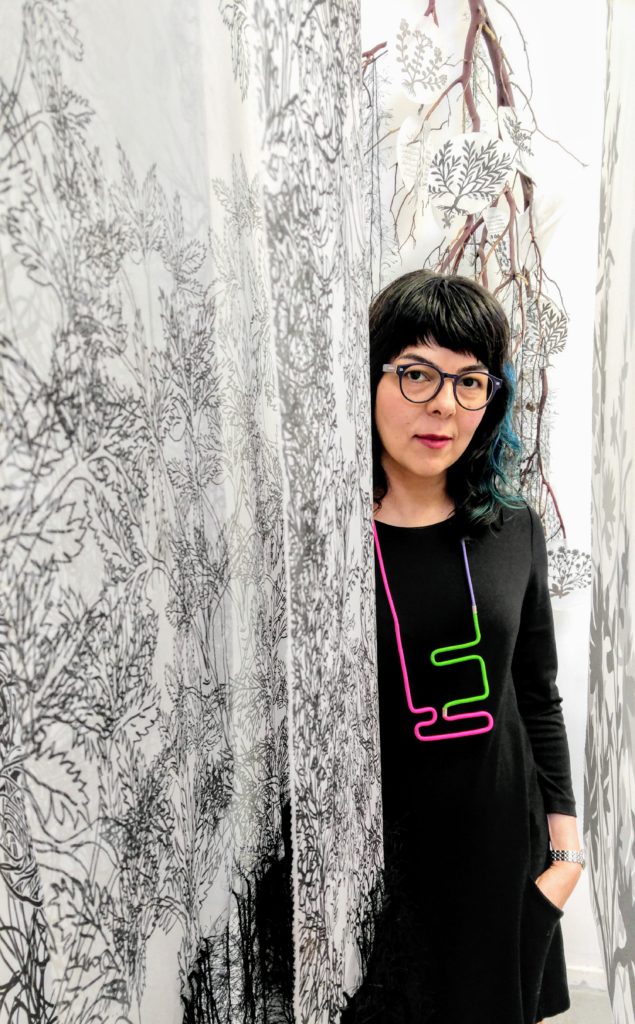
MKM: What’s the best piece of advice you’ve been given?
PK: I have not been given many pieces of advice but one I cherish: “Balance is the key to happiness in life.” I am very committed to my work; I always set goals and work towards them. In this process I try to strike a balance when I can, however, I haven’t been that good at it.
MKM: What is your dream project? What can we expect from you in the next year?
PK: My current project (medieval and early modern scientific manuscripts) is my dream project. I am lucky that I have had the chance to do it. Next year, I will continue my research; digging into more of these amazing archival materials. I am also working on solo exhibitions and new projects in the areas of astronomy and botanical.
.
